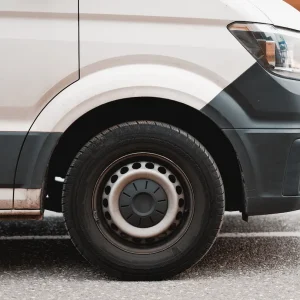“We’re more interested in profitability than we are in chasing volume,” he insisted.
Payne aims to retain the 6% share of total van sales that Renault achieved in 2012 but will be doing so in a market that he believes will shrink by up to 5% thanks to lacklustre economic growth. The manufacturer’s ability to hang on to its slice of the registrations cake will be underpinned by the advent of a face-lifted Kangoo plus various improvements to both Trafic and Master in the run-up to the introduction of an all-new Trafic in mid-late 2014.
The revised Kangoo is being marketed with Stop & Start as an option for the first time, with first models coming in June, while new low-CO2 versions of the existing Trafic and an upgraded Master that includes Stop & Start, lower-CO2 engines and a new tipper conversion are both arriving imminently.
Employing a body fitted by UK converter VFS, the tipper makes widespread use of high-strength steel and offers a 120kg payload advantage over the previous factory-built model.
Trafics sold in the UK are no longer assembled in Luton, and are now being built at Nissan’s plant in Barcelona, Spain, while the new model due to arrive in 2014 will be produced at Sandouville in France.
Renault’s will also be buoyed by strengthened dealer representation.
Although it slashed its total of British dealers by around one-third in 2012 to 149, the brand has increased the number of Pro+ specialist light commercial dealers. There are now 44, up from 23 in 2011.
Despite the praise it has received from members of the commercial vehicle press who have tested it, there are no plans to market the Dacia Dokker van in the UK, Payne said, a stance that should help protect sales of entry-level Kangoos.






